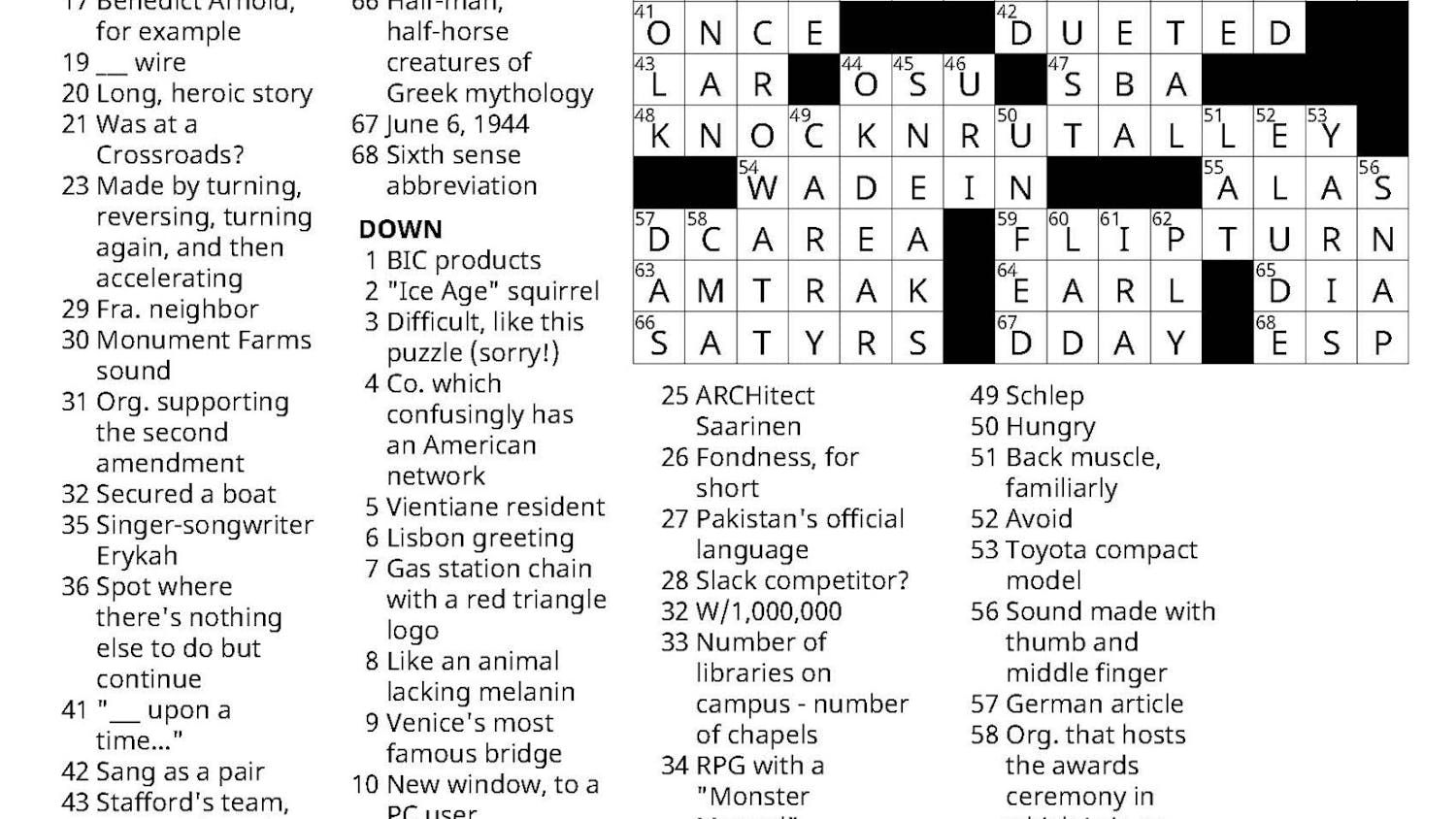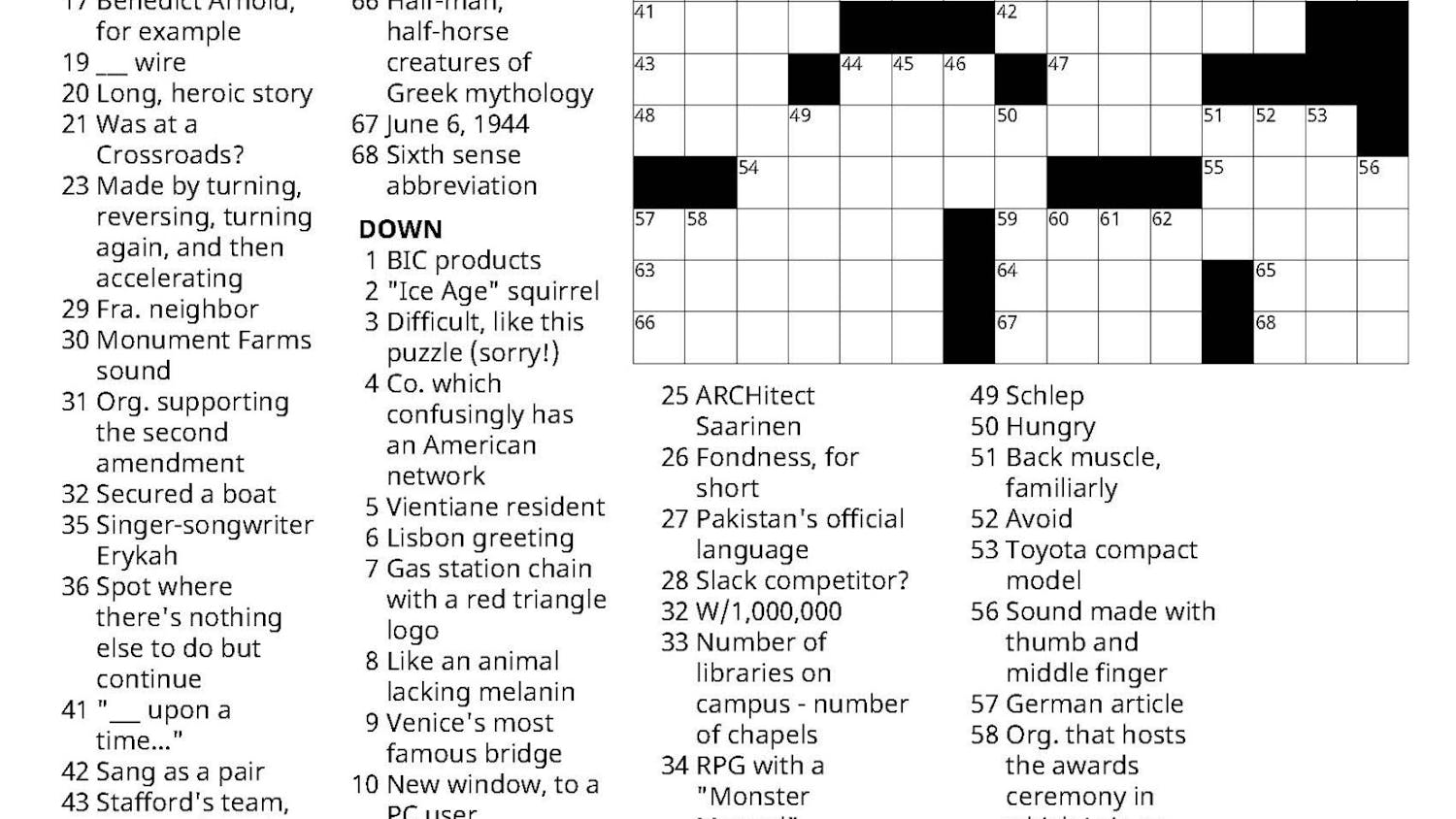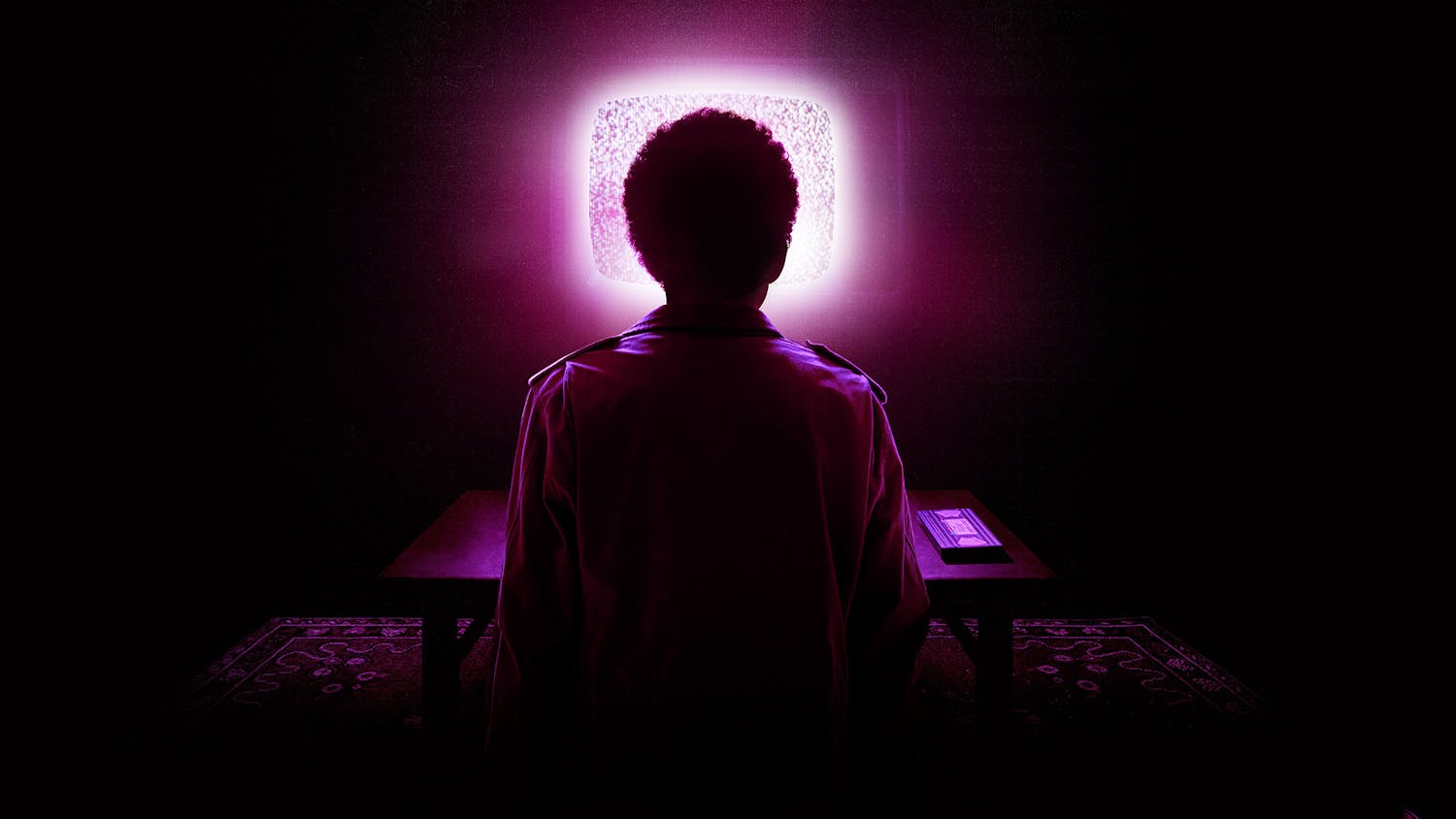Author: Sadie Hoagland
Break-dancing, though once an obscure part of the Middlebury College social scene, is becoming an undeniable presence on campus. Now more than ever, you can see "beatboys" and "beatgirls" showing off their style at McCullough dance parties. Providing entertainment, they stand in as a nice distraction from the usual hormonal "sketchiness" that prevails at these dance parties. There's even a growing campus club, the "GT VT Breakers," dedicated to this sport/art form. In addition, the College has found new inspiration among its first-years in Alfred Yi, a particularly skilled beatboy. The Middlebury Campus grilled Alfred, who, though he just arrived on campus from Los Angeles, Calif., already has quite a reputation as a break-dancer.
The Campus: How long have you been break-dancing?
Alfred Yi: About six years.
T.C.: How did you get into it?
A.Y.: My brother, David, he's a senior here. We were watching videos and saw some break-dancing. He's into martial arts, and we always worked out together, and he was like, you know, why don't you try the move that that guy did. So he just made up a random move, and I thought it looked cool, so I did it and he was like, that looked really cool. So I was like, all right, I should try practicing. I mean, once you get a move down, it looks really fascinating, and it's really cool. Back then, I was like, "It's so cool to do it, that's why I want to do it." Before that, I wasn't really into dancing. I didn't know what I was getting myself into. The more I learned, the more I wanted to learn. I think that's true for a lot of break-dancers; they look at it and think it's really cool. And it works you out - it's like a sport. I think they should make break-dancing a sport. Throughout the years I was practicing, especially in middle school because there were a lot of other break-dancers among my fellow students, there was the whole battling thing. [But I] kept doing it throughout high school.
T.C.: Did you ever take any classes?
A.Y.: I kind of taught myself - you watch videos mainly and read instructions online and meet other breakers, beatboys and beatgirls, then they show you.
T.C.: How does the "battling" work?
A.Y.: Break-dancing started up in New York. Back then, in the '70s, there was a lot of violence going on in the street, and it was suggested that we get this art into something that can replace the violence. It's kind of like a gang, but they don't fight each other. They go at each other through dance. In a battle, there are two sides, one crew and another. One person goes out at a time and shows the other team what kind of skills they have, and the other team comes back and tries to beat them. There are a lot of insults you can do through moves and freezes. It's improv, but crews these days do have choreography to make it look more organized.
T.C.: Have you ever break-danced for money?
A.Y.: A lot of people have suggested that. In California, you can get a permit to go out on the street to break-dance, but it's too much time, and I had other stuff to do - it's something that's a hobby, it's a passion. I have no interest in doing something like this for a living.
T.C.: So what's the hardest move you can do?
A.Y.: I guess that would be "The Flare." I don't know how to describe it. Your legs are spread in front of you and you just go around in circles while you're balancing yourself on your two arms, rocking back and forth.
T.C.: What are some easier moves people can start out with?
A.Y.: When I teach people how to do this kind of stuff, I start out with the six-step, and that's where you get down on the floor and your legs kind of go around in circles. You step six times round in a circle and come back to where you started, and that's a base move. I still use that.
T.C.: Have you break-danced in public before?
A.Y.: This past year, in high school, second semester, I devoted an independent study course to break-dancing, and we performed in front of other people we hung around [in order] to practice. We went out on the streets and started dancing with no music - it was fun.
T.C.: So how do people react? Does it help you get girls?
A.Y.: [Laughs] I've never used it to pick up girls, but the way people react is just like, "Yeah it's cool, it's really fun to look at." The reaction is always good, and there's no age range. I've performed at a lot of talent shows, a lot of old people watch it as well, and they're fascinated by it, too. Little kids, old people, middle-aged adults - they all enjoy watching it.
T.C.: Are there any really famous figures in break-dancing?
A.Y.: Yeah, definitely "Crazy Legs." He's one of the original break-dancers, and he's still big in the break-dancing world. There's "Mr. Freeze." They all started off in the same crew, the "Rock-Steady" crew. Now, "Beatboy Crumbs," is probably one of the best beatboys in the U.S. right now. These names are really cool. I have yet to come up with a name for myself, but maybe later, once we get our crew together at this school.
T.C.: What should someone do if they want to get into break-dancing?
A.Y.: Well, first off, I recommend that they come out to "Generation Today (GT)." It's led by Morgan Jones '04 [MoJo], and he's a very passionate break-dancer. What happens there is, if you can make it, we get together, we teach each other, we practice. We're all at different levels, but it's all about teaching one another, and on certain days we have battles; we split each other into teams.
T.C.: Are you going to perform anytime soon?
A.Y.: I'm sure this year we are going to. MoJo's goal is to bring more people into this hip-hop/break-dancing culture.
T.C.: Is there anything you want to add?
A.Y.: Yeah, capoeira. It's a form of martial arts. When people watch that, it looks like break-dancing, but when people in New York started break-dancing, they never saw capoeira. They're alike, but ... there's a distinction.
The GT VT Breakers meet on Tuesday, Thursday (teaching days), Friday and Saturday (battle days) from 8 to 9:30 p.m. in the Center for the Arts (CFA) 109.
Contact Morgan Jones '04 for more information.
Looking for further inspiration?
Alfred recommends checking out the film "BeatStreet," picking up its soundtrack or checking out music by Zebrocski or Africa Bombada.
Battles and Flare First-Year Student Six-Steps Onto Break-Dancing Scene
Comments



